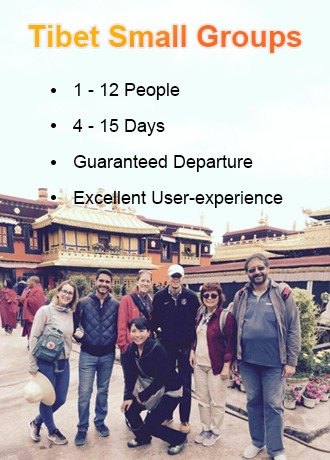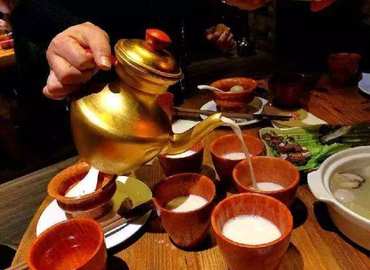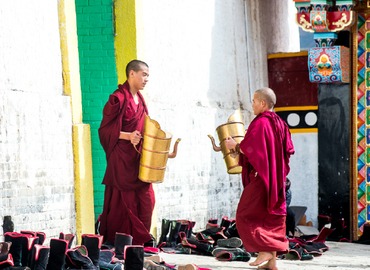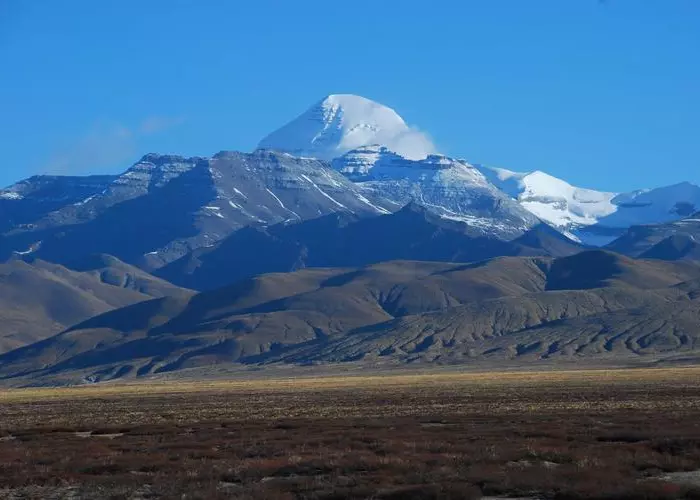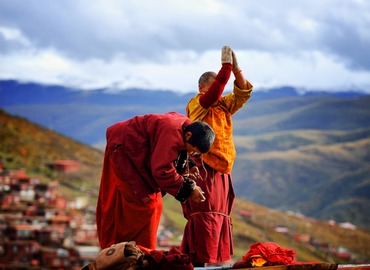Tibetan Tsampa
- Catherine
- Last Updated : 11/11/2025
Tsampa (also Zanba or Tsamba) is one of the traditional staple foods of Tibetan herders. “Tsampa” is the Tibetan transliteration of roasted flour, which is made from highland barley, so it's easy to store and carry. The herders would hang a pocket around their waists to hold Tsampa when they go out and grab a handful from the pocket to eat with butter tea when they are hungry. In addition, Tibetan food Tsampa is rich in nutrients and high in calories, which is very suitable for resisting cold and satisfying hunger. Therefore, Tsampa has been a favorite delicacy of the Tibetan people. For tourists, it is a special food to taste when traveling to Tibet.
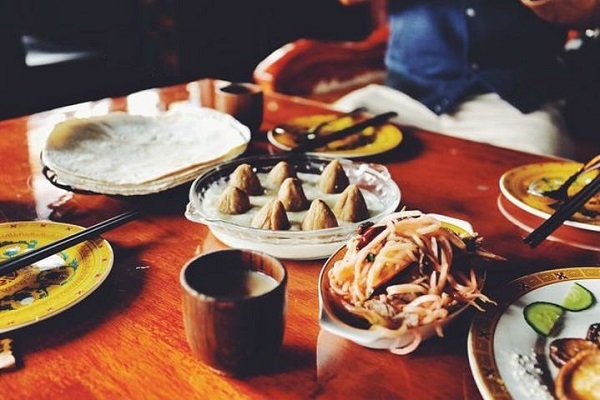
How to Make Tibetan Tsampa?
When we talk about Tsampa, it would be better to know about highland barley first, which is the raw material for making tsampa. Highland barley is widely planted in many places in Tibet. When the barley matures, it will be dried and fried. After that, together with the bran, it will be ground into fine flour, and then we can make Tsamba. The process is very interesting.
Step 1: Put ghee in a bowl and pour hot tea into the bowl. Why use hot water? Hot water can melt solid ghee much more easily. If you were a traveler who would be making Tibetan Tsampa for the first time, remember that the amount of water should not exceed one-half. Otherwise, it will not be easy to stir.
Step 2: Add the barley flour to the tea. How to control the amount of barley? Don't put too much once. You can add more while mixing it with your hands. It's a little like making the dough.
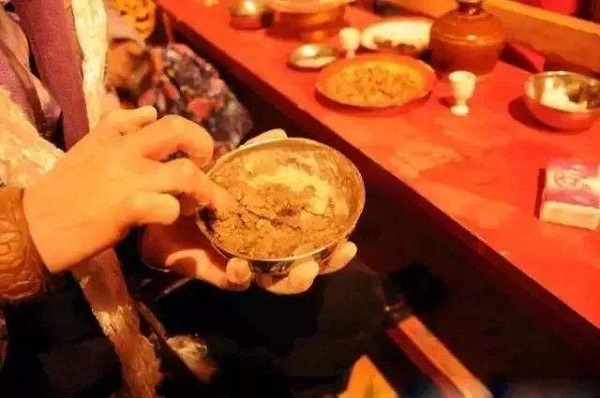
Step 3: Stir by hand. When stirring, use your middle finger to gently mix the flour at the bottom of the bowl to prevent the tea from overflowing, and rotate the bowl and press the flour into the tea with your fingers close to the edge. After pressing, you can use your index finger, middle finger, ring finger, and little finger to press into the bowl side by side for kneading and mixing. When the highland barley flour, tea, and ghee are almost mixed, you can use one hand to knead them into the dough balls to eat.
How Does the Tsampa Taste?
It has different flavors, like dry Tsampa by kneading only with tea, butter Tsamba by kneading with butter tea, milk dregs Tsampa but no ghee, and some with all ghee, milk dregs, and sugar.
In fact, the taste of Tibetan food Tsampa sold to tourists has been improved a lot, most of which are made with ghee, milk dregs, and sugar, so the taste is acceptable to many people. The delicate fragrance of roasted highland barley flour, with the addition of ghee and milk tea, also has a milky smell. Most restaurants in Tibet have such food, you may give it a try. Otherwise, how can you count as having been to Tibet?
Tibetan New Year Customs About Tsampa
Every Tibetan New Year, every family puts a wooden container representing the auspicious "Chema" in their houses. It's filled with Tsampa and fried wheat grain, respectively. And the container is decorated with beautiful highland barley spikes, and red flower spikes, as well as colorful and vivid butter sculptures, which symbolize good harvests and good luck.
When relatives and friends pay New Year's greetings, the host will take the "Chema" and the guests will grab a handful of the Tsampa and sprinkle it into the air three times, then put a little in their mouths, while saying Tashi Delek to express blessing.
Butter Tea
Tsamba is a very dry Tibetan food, which is really difficult to swallow if it is eaten without tea. So Tibetans who have a rich tea-drinking habit have a perfect match between Tsampa and tea. Among them, butter tea is the best partner for Tsampa.
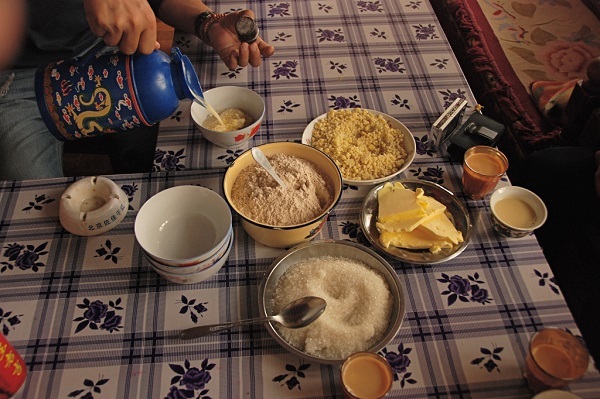
Butter tea is a specialty drink in Tibet, processed with butter and strong tea. Put the right amount of ghee into a special bucket, add salt, then pour the brewed thick tea and pound it repeatedly with a wooden handle (now basically replaced by a machine), so that the ghee and tea form an emulsion. The taste is salty, fragrant, and sweet. It can warm the body against the cold and supplement nutrition.
It is said that butter tea can alleviate altitude sickness. If possible, you may drink some upon your arrival in Tibet. The price of butter tea is 8-10 yuan per pot.
If you have a chance to visit a Tibetan family one day, the host will definitely bring you fragrant butter tea and Tsampa with both hands.
Conclusion
Tsampa is more than just a staple food in Tibet — it's a symbol of Tibetan identity and way of life. From daily meals on the plateau to festive offerings during Losar, Tsampa connects the people to their land, their faith, and their traditions. Paired with a bowl of warm butter tea, it reflects the simple yet profound harmony between nourishment and culture. For travelers, tasting Tsampa is not only about flavor, but also about experiencing the essence of Tibetan hospitality and life on the Roof of the World.
Email response within 0.5~24 hours.


